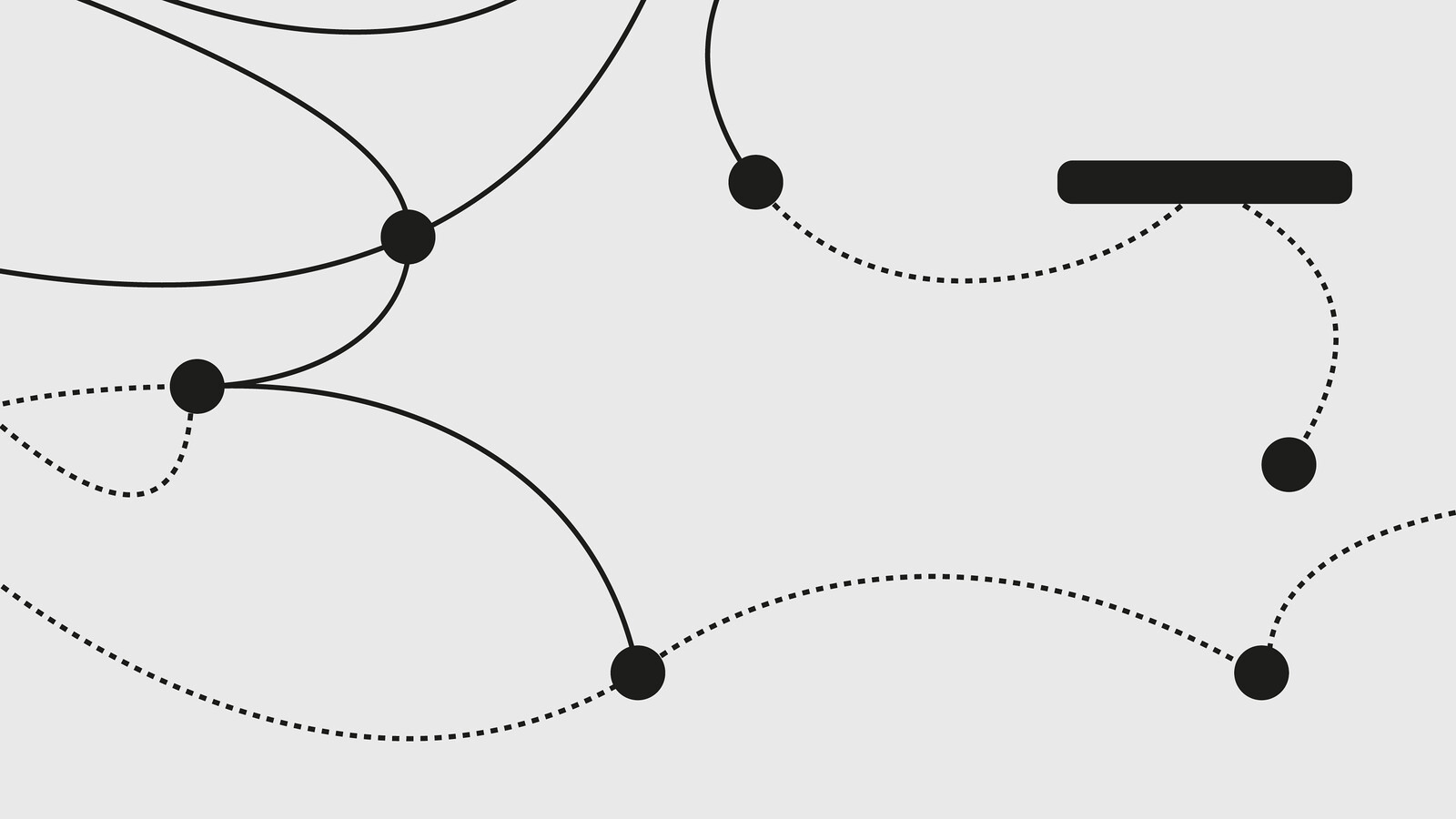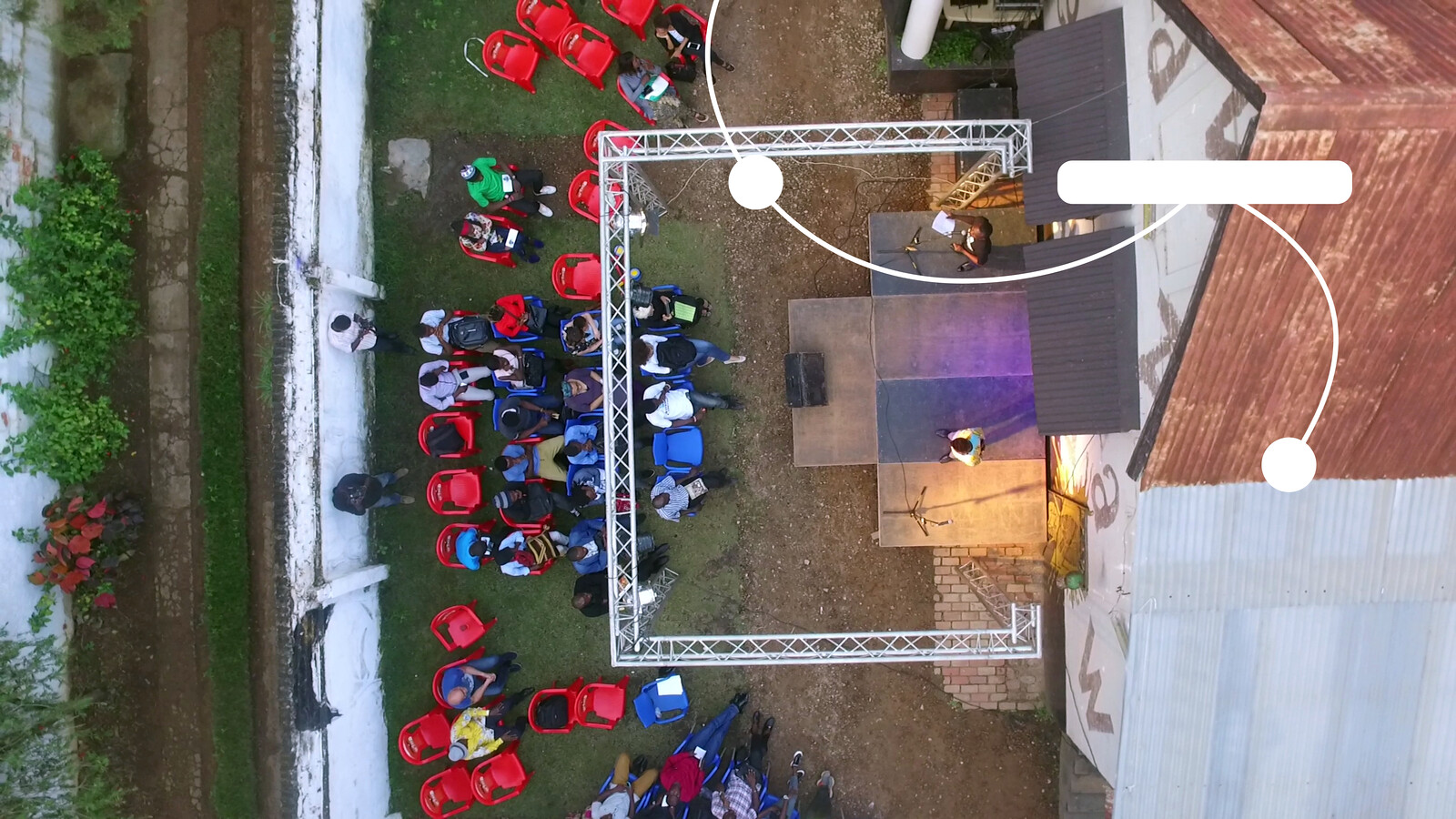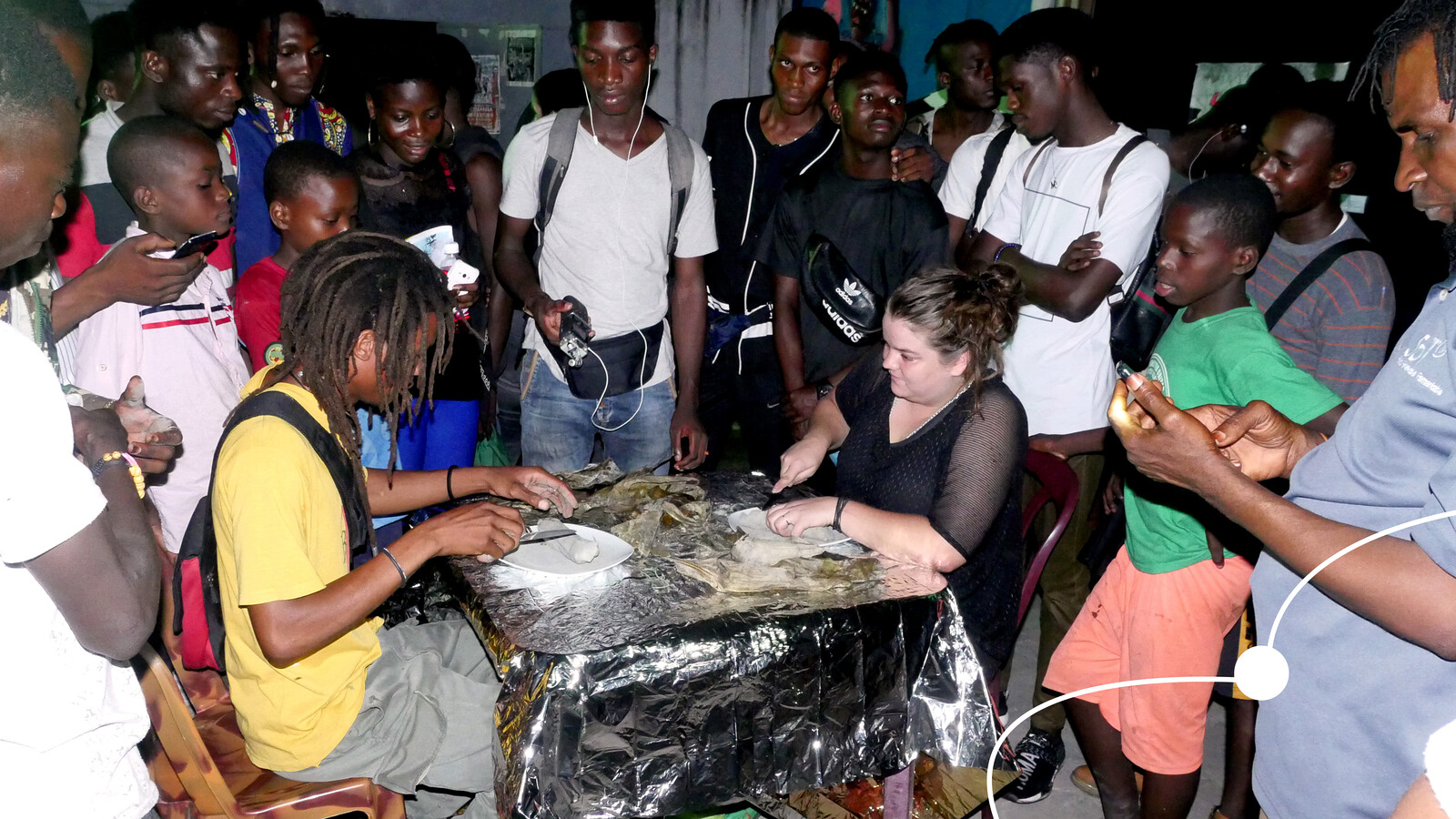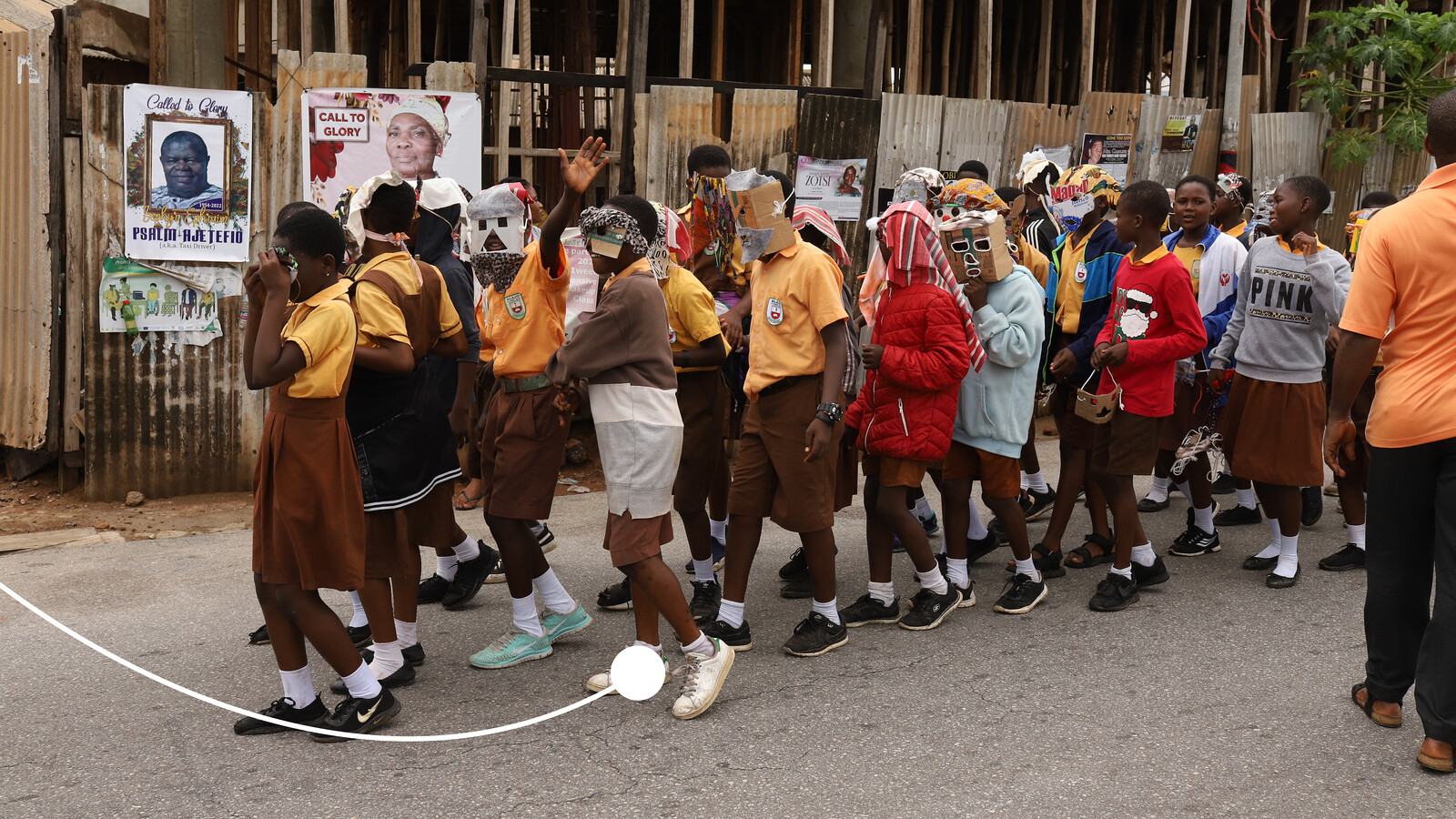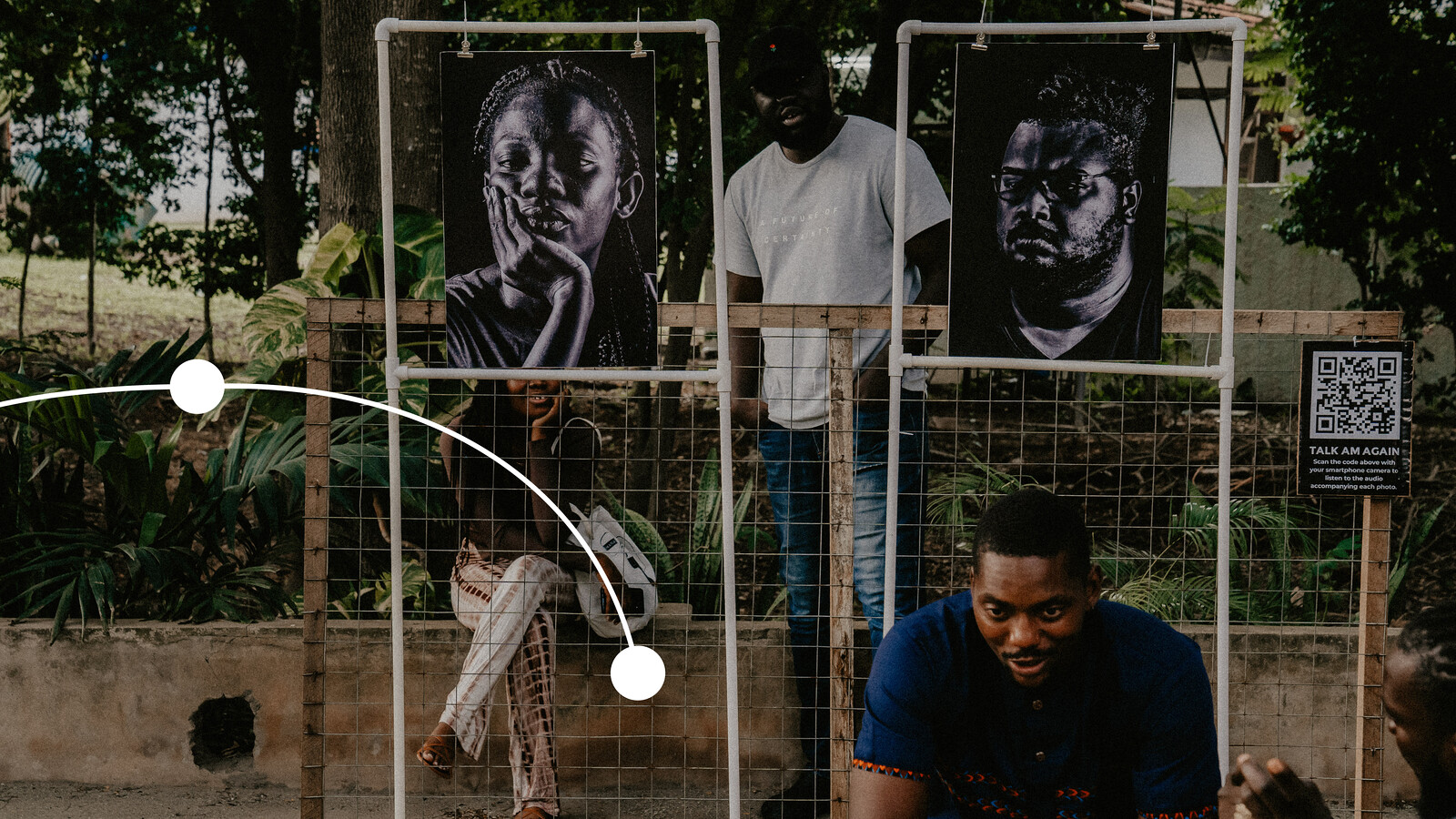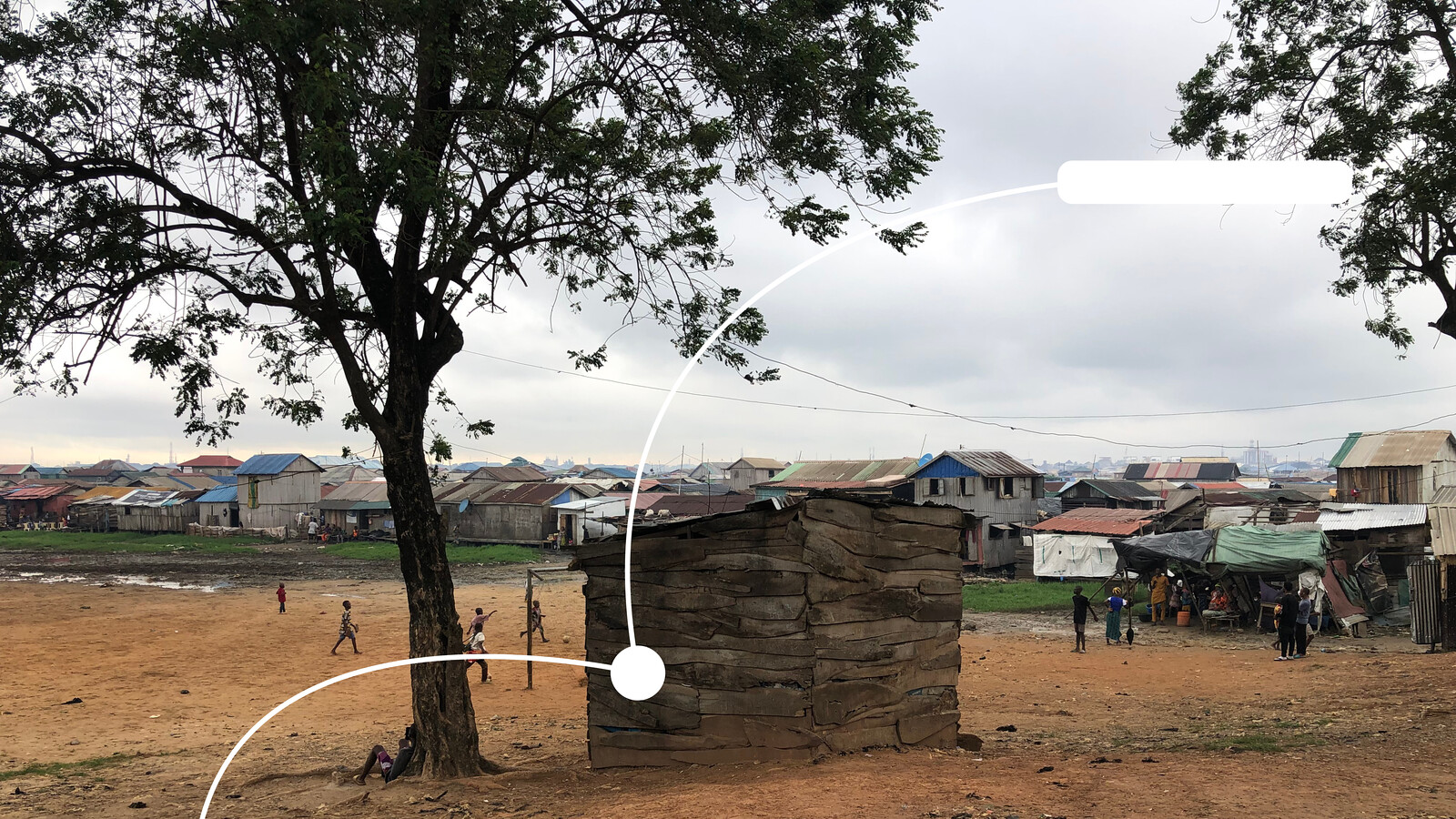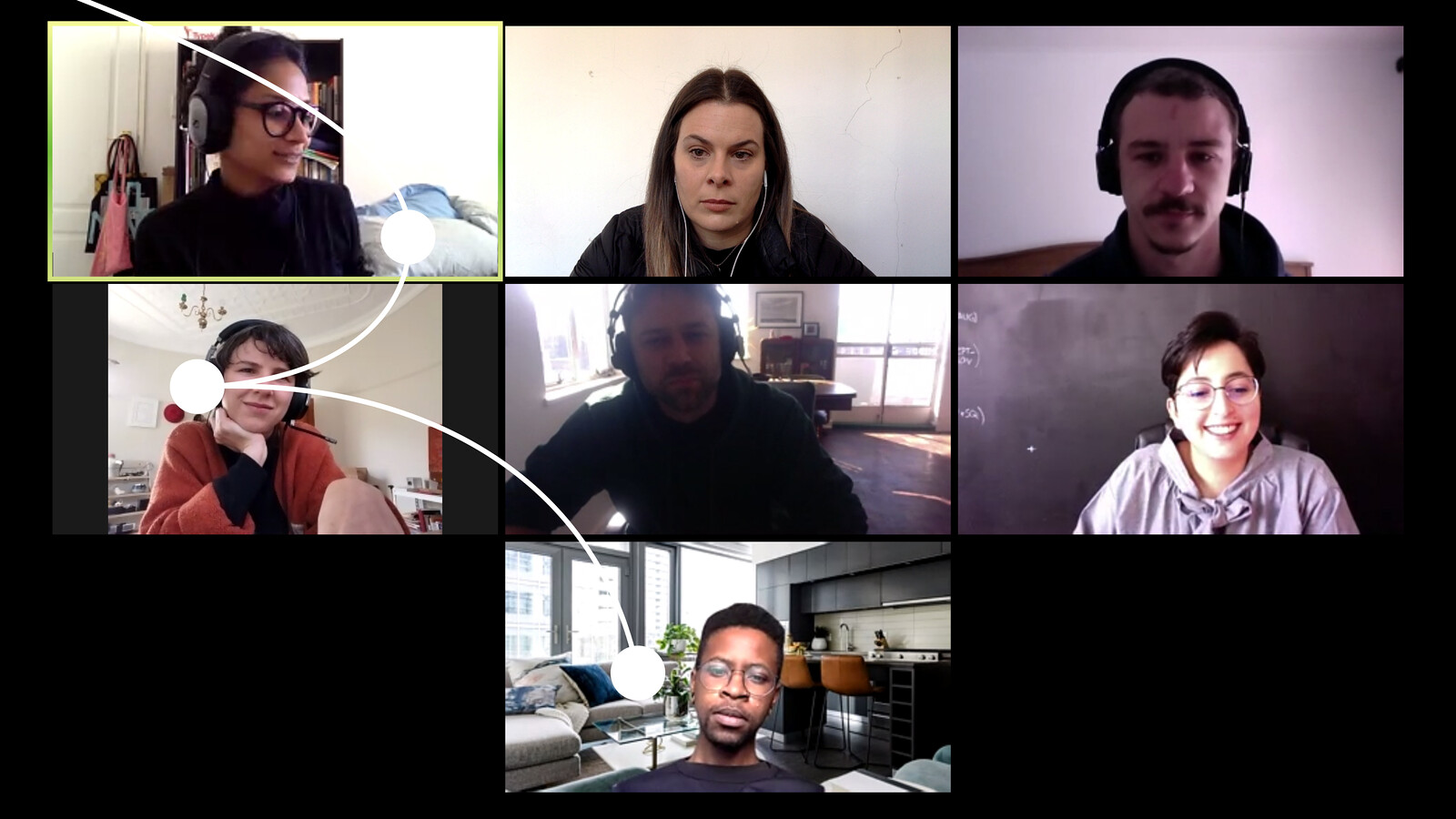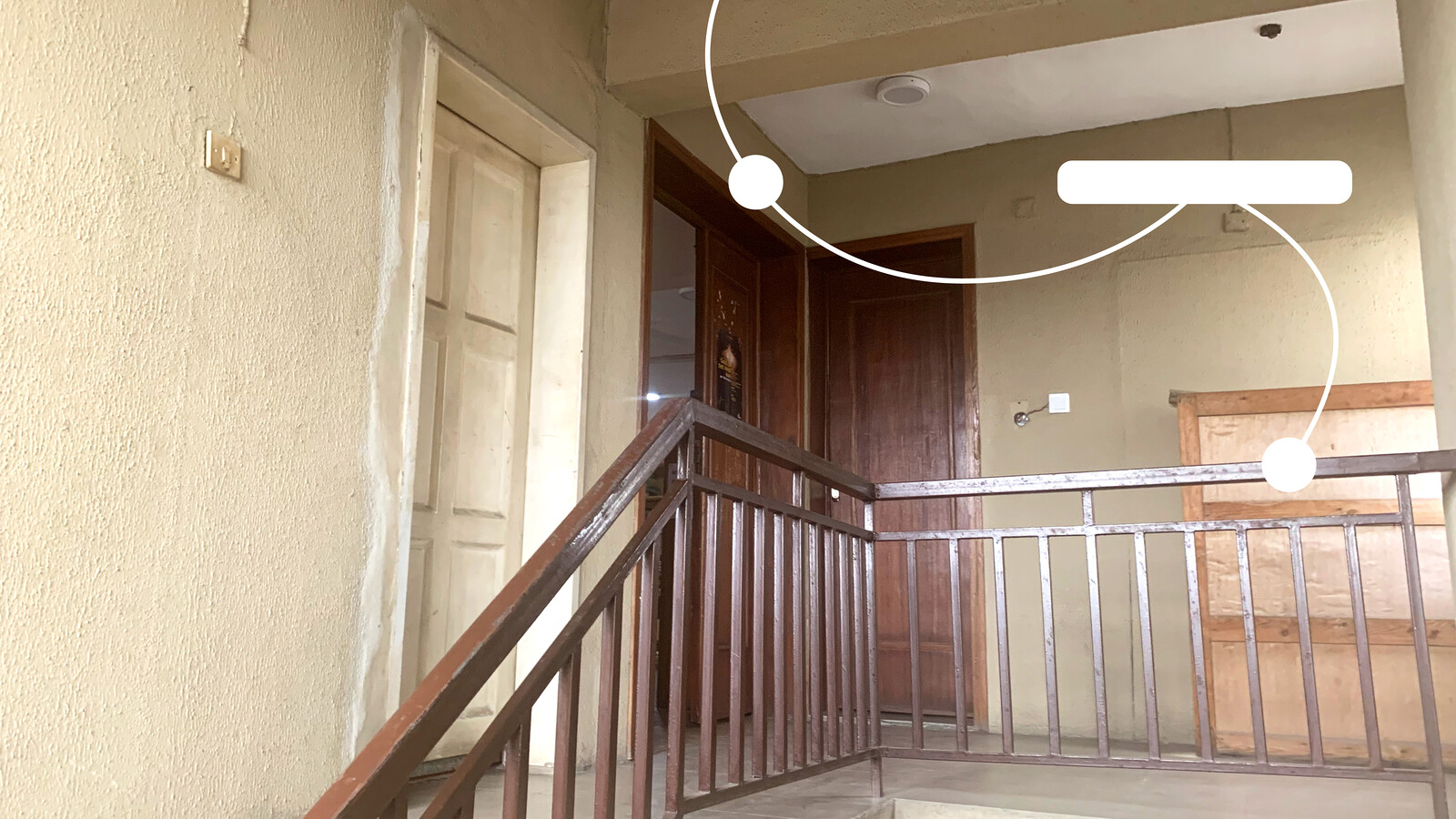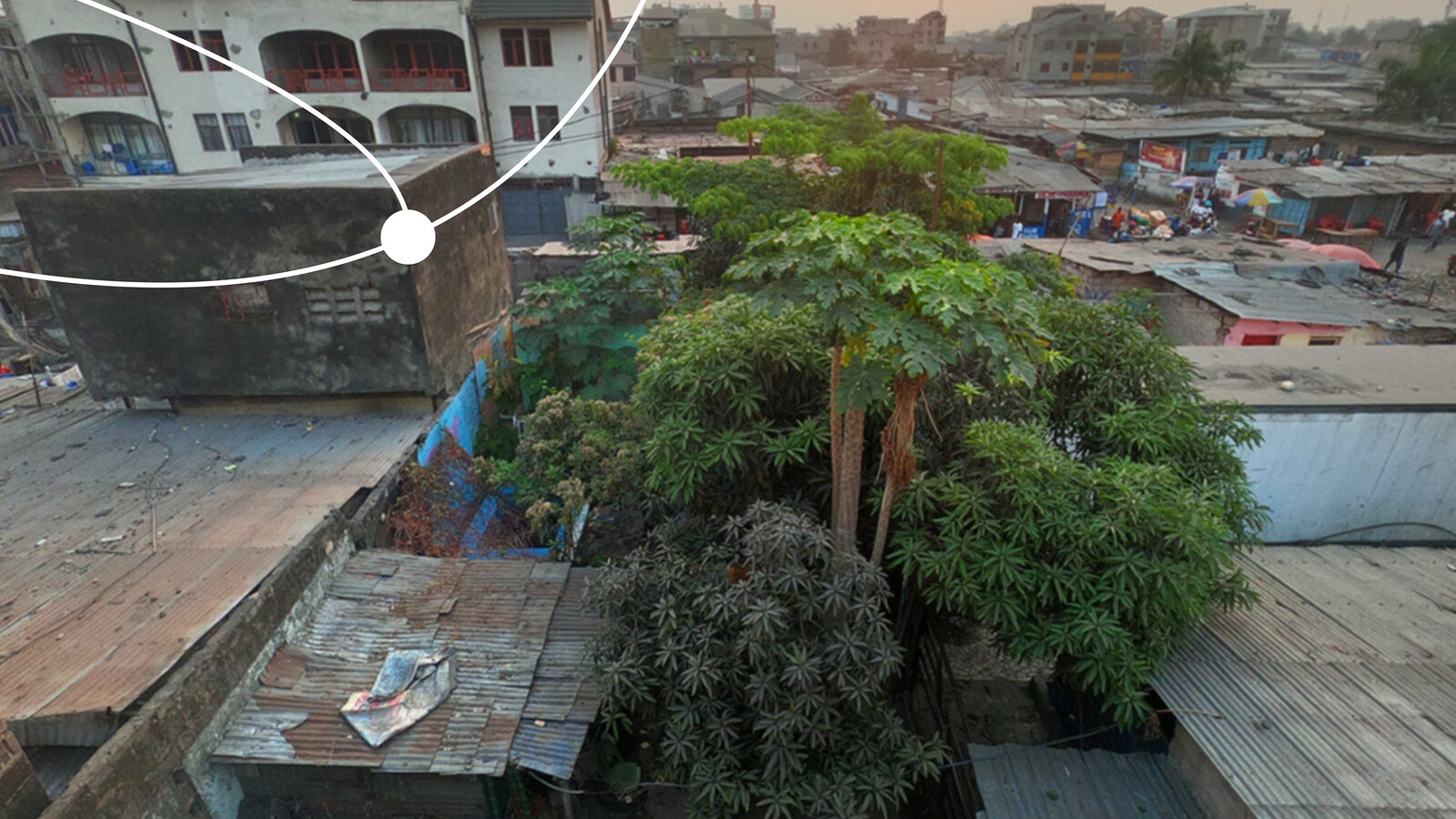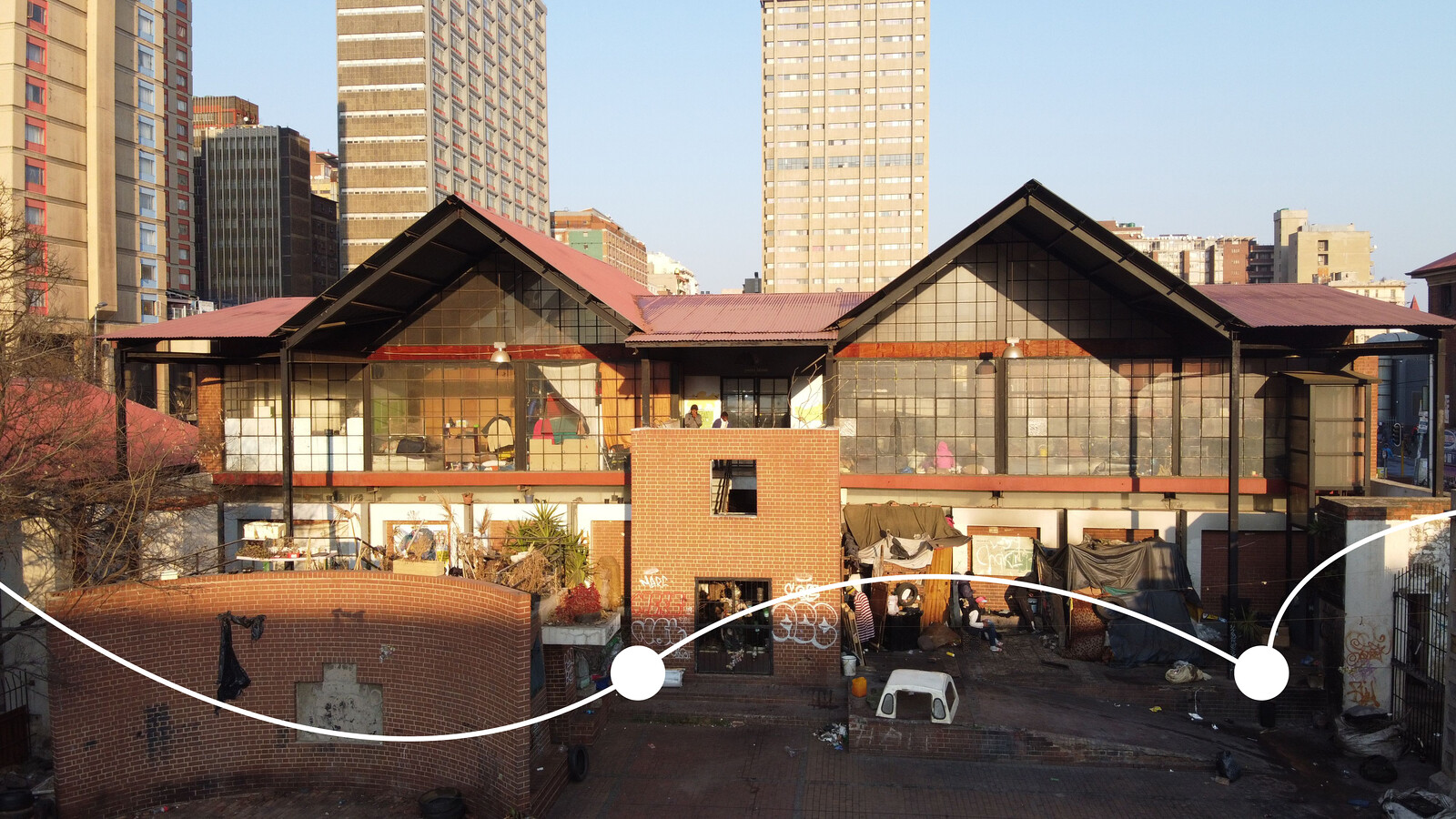Interdependence is a collaboration between e-flux Architecture and OtherNetwork, a project by ifa (Institut für Auslandsbeziehungen) together with cookies, featuring contributions by Oris Aigbokhaevbolo on the Vernacular Art-space Laboratory foundation, Bernard Akoi-Jackson on FCA Ghana, Bhavisha Panchia, Carly Whitaker, and Chad Cordeiro on Covalence Studios, Eleonore Hellio on L’ecole informelle du Bebson, Christian Nyampeta on Centre d’art Waza, Papa Omotayo on CCA Lagos, the Terra Alta community on Terra Alta, Sumayya Vally and Keleketla! Library, and more.
Throughout history, large art museums and cultural institutions have been instrumental in forging powerful myths. To control a museum, as art historian Carol Duncan wrote, “means precisely to control the representation of a community and its highest values and truths. It is also the power to define the relative standing of individuals within that community.”1 For a task of this magnitude to be in the hands of hegemony, as most museums are, is at best a flawed process of gatekeeping, and at worst contributes to cultural violence. In recent years, however, the status of the art museum has become ever-more scrutinized for the power it holds and the values, politics, and communities it represents (and doesn’t). Well-funded national institutions are increasingly criticized for their whitewashed historical narratives, while the ill-begotten provenance of international collections in Western art museums has come under renewed fire. At a structural level, problematic organizational frameworks are being called out, while funding used to greenwash the credentials of large corporations and private individuals has arisen to the forefront of public debate. Family names of controversial donors are being scrubbed from walls while collections are being queered, decolonised, and made more accessible.
These changes are welcome, but can only go so far. The very architecture of such museums is so connected to systems of power that even a reformed institution can never represent everyone. For a more democratized art world, we need to turn our attention elsewhere. Independent and self-managed cultural spaces can offer alternative, counter-hegemonic narratives, not to mention some of the most groundbreaking art. If you take the time to look for it, most cities have their own critical density of smaller independent or artist-initiated projects and spaces. To succeed in an artistic landscape where large museums dominate requires a resilience that is cultivated through collaboration, mutual support, and directly addressing the needs of artists and their communities. Having independence from mainstream institutions requires interdependence.
Months of research developed in collaboration with local partners representing independent art spaces across sub-Saharan Africa have convinced us of this. Inventive forms of collaborative and critical practice are often born in cities where the infrastructure of cultural funding and subsidies is limited. In parallel to supporting artists and curators themselves, independent art initiatives often serve fundamental roles in their wider communities, too. Artists and curators are rooted in local contexts, and can have a pragmatic understanding of the needs of their neighbors that extend beyond artistic collaboration, from distributing meal packages to families in need during Ramadan to providing face masks and delivering contraceptives door-to-door during the Covid pandemic, or simply serving as a resting place for workers on their break between jobs. New and urgent forms of practice are also evident where quality art education is lacking. According to the late Bisi Silva, founder of the roaming pedagogical and curatorial Àsìkò Art School, a collaborative, non-hierarchical approach to exchanging ideas “allows us to respond to the failure of postcolonial education systems on the continent, by equipping artists with skills and knowledge that counter the market-oriented gallery environment of most African cities, the moribund art institutions of the state and the outdated curricula of tertiary education systems.”2
The successes of these projects should be celebrated. And due to their often transient and temporary nature, the histories of independent or artist-initiated spaces are often overlooked and not extensively documented. This is particularly apparent outside a Western context, given the ways that supposedly canonical narratives dominate. It is therefore essential to elevate these spaces through stories, ideas, anecdotes, and discourse. But it is also naive to presume that the grass is entirely green. Many independent or artist-initiated spaces struggle against municipal politics, fight for funding, and face difficulty in securing permanent spaces. While social, cultural, economic and political differences between countries and regions are vast, many of these stories are universal. Thus when multiple artist-initiated spaces stand collectively, this strength in numbers gradually builds its own sense of power. It is only through embracing this truly interdependent landscape that we can finally begin to chip away at the myths of the art museum.
Carol Duncan, “The Art Museum As Ritual,” Civilizing Rituals: Inside Public Art Museums (Oxford: Routledge, 1995).
Bisi Silva, “Creating Space for a Hundred Flowers to Bloom,” Àsìkò: On the Future of Artistic and Curatorial Pedagogies in Africa (Lagos: CCA Lagos, 2017), p.XIV-XXIII.
Interdependence is a collaboration between e-flux Architecture and OtherNetwork, a project by ifa (Institut für Auslandsbeziehungen) together with cookies.
